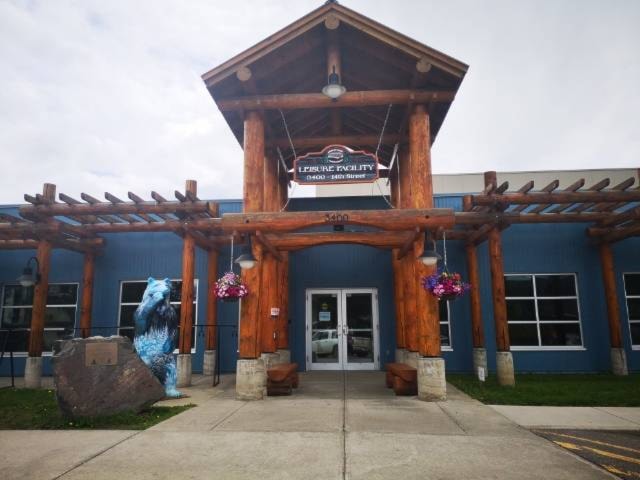The District of Houston is going to increase user fees by varying amounts for most of its services with an eye to mainly covering the cost of inflation.
Council June 4 was presented with a comprehensive bylaw proposal that must first work its way through first, second and third readings and a comment period.
Staffers have recommended that leisure service fees increase by 10 per cent to come closer to the District’s goal of a 30 per cent user-pay cost recovery target.
In a lengthy briefing note to council, chief administrative officer Gerald Pinchbeck reported on a comprehensive staff analysis of District fees and service costs reaching back to 2015, noting that when fees don’t cover costs, the difference is made up of general District revenues.
“The leisure facility is recovering a modest 20 - 22.5 per cent out of a targeted 30 per cent cost recovery,” Pinchbeck wrote.
“This is despite the fact that leisure facility user fees have not been revised since 2006 when the pool first opened, meaning that memberships, admissions and program registration volumes were increasing over the assessment period as opposed to rate increases.”
The prospects, however, of increasing leisure services revenues through increased use are unlikely, the analysis continued, given that 40 per cent of the District’s population already uses the facility through memberships. Seniors represent the larger portion of users.
But there will be no increase to recreation programs and they will continue to be charged at their cost based on having a set minimum users.
And there’s also good news for non-resident facility users — staffers are recommending eliminating current higher rates for people who don’t live within the District.
“Owners of property within the District are still eligible to be considered residents despite not residing in the municipality,” the report indicates.
“This has also been a course of customer dissatisfaction given that non-residents pay 25 per cent more than resident users do for the same service.”
The situation at the arena is much different with revenues declining over the years due mostly to the loss of women’s hockey, the Houston Luckies and two adult recreation leagues.
Staffers are recommending a two per cent fee increase over each of the next three years with projections calling for a cost recovery rate of nearly 25 per cent by the 2021-2022 ice season.
Council could also consider moving some of the arena fee revenue to the arena capital reserve fund in preparation for the day when the arena will need to be replaced.
By gradually increasing the amount to be placed in the reserve, estimates are that $676,600 will have been accumulated by 2038 toward an arena replacement project worth $20 million.
No fee increases are being recommended for renting the community hall with staffers saying the general condition and usage of the building is unlikely to result in increased revenue should there be an increase.
Based on plans to have a new hall in place by 2012, staffers then say a fee increase should be considered.
No fee increases are recommended for business licences as revenue already returns more than 50 per cent of the cost of this service. Current rates are also comparable to neighbouring municipalities.
Water utility rates should rise by two per cent a year to keep pace with inflation with rates already at or near 100 per cent of cost recovery. This will also help build a reserve for priority water projects.
At the same time, staffers are recommending the base water connection fee be raised from $750 to $1,250 to reflect actual connection costs which can vary based on the location of a water main in relation to a particular property.
“This further ensures that the District maintains a user-pay system for water services,” staffers added.
Sewer utility rates, however, should rise by five per cent a year for the next five years so as to better build up a reserve for future infrastructure replacement projects.
As with water connections, staffers are recommending an increase in the sewer connection fee — from $450 to $900 — to better reflect actual costs.
Solid waste collection fees should rise by two per cent a year to keep pace with inflation.
Staffers noted cost recovery for solid waste runs at just over 100 per cent, including transfers to the equipment fund reflecting the operating of the garbage truck.
Cemetery fees should also rise by two per cent to cover inflation with the cost recovery percentage varying between 22.38 per cent and 38.89 per cent over the past five years.
Staffers noted that there is a community benefit in operating a public cemetery.
The principle of free use of public parks came into play for rental rates with staffers noting that fees from rentals of parks and campgrounds have not come anywhere close to the cost recovery target of 30 per cent.
An increase of two per cent is recommended as of Jan. 1, 2020, mainly to keep pace with inflation.
